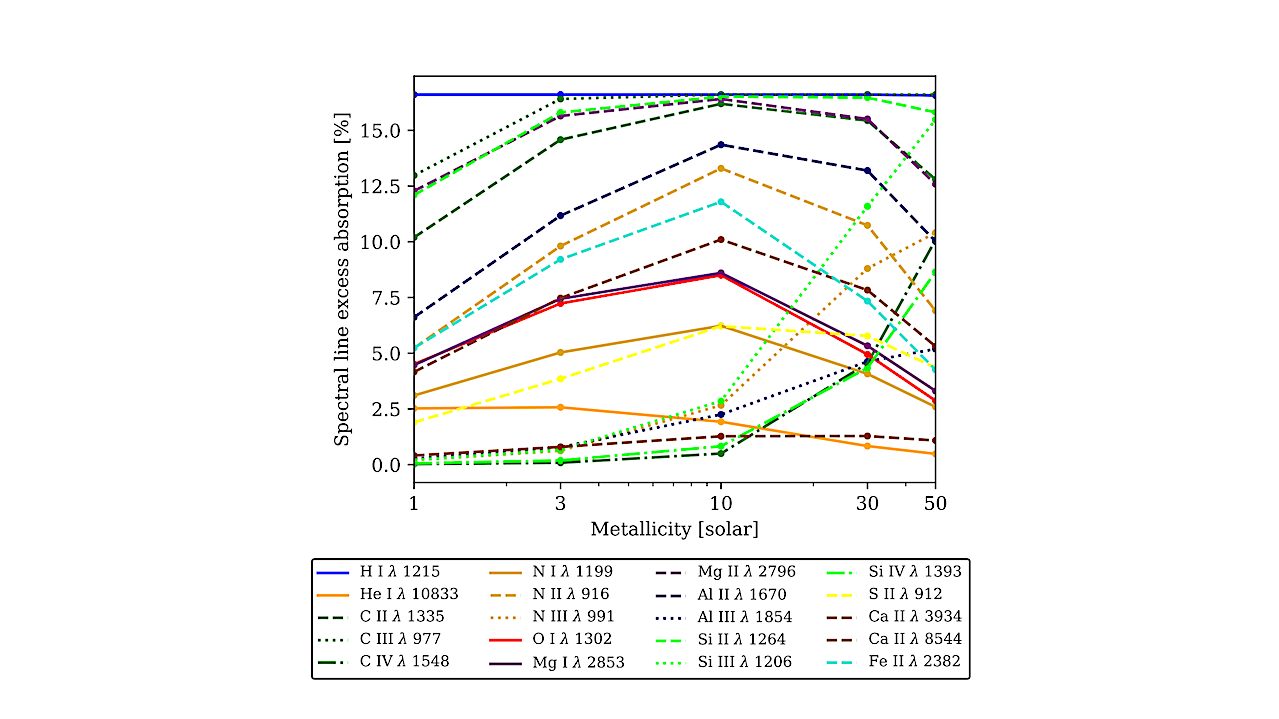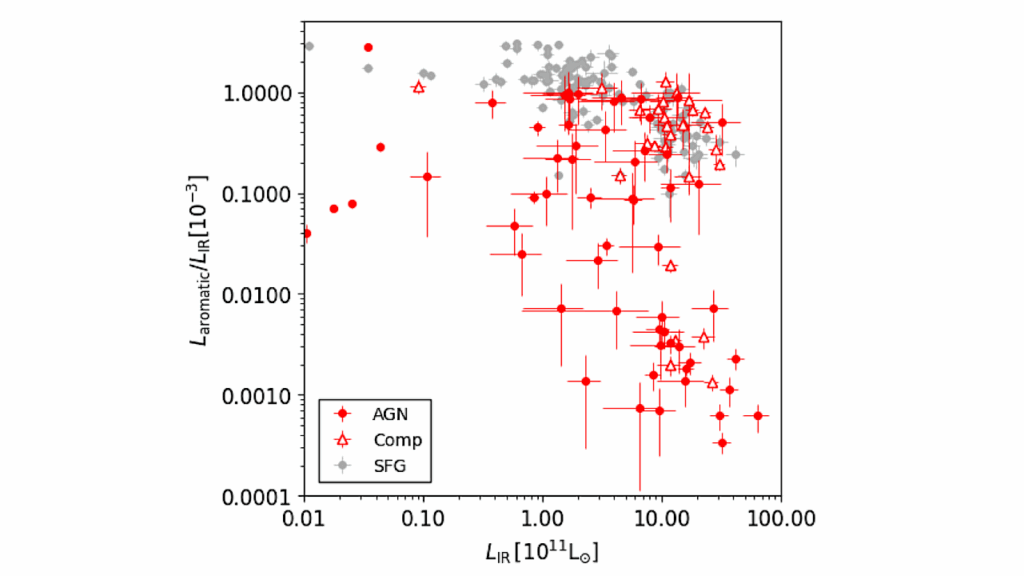The Open-source Sunbather Code: Modeling Escaping Planetary Atmospheres And Their Transit Spectra

Atmospheric escape is thought to significantly influence the evolution of exoplanets, especially for sub-Jupiter planets on short orbital periods. Theoretical models predict that hydrodynamic escape could erode the atmospheres of such gaseous planets, leaving only a rocky core. Deriving atmospheric mass-loss rates from observations is necessary to check these predictions.
One of the ways to obtain mass-loss rate estimates is to fit transit spectra of the 10830 Å helium or UV metal lines with Parker wind models. We aim to provide the community with a tool that enables performing this type of analysis, and present sunbather, an open-source Python code to model escaping exoplanet atmospheres and their transit spectra. sunbather incorporates the Parker wind code p-winds and the photoionization code Cloudy, with the ability to calculate any currently known spectral tracer at an arbitrary atmospheric composition.
With sunbather, we investigate how the atmospheric structure of a generic hot Neptune planet depends on the metallicity. We find that the mass-loss rate drops by roughly one order of magnitude as we increase the metallicity from solar to 50 times solar. Line cooling by metal species is important already for a solar composition, and more so at higher metallicity.
We then demonstrate how sunbather can be used to interpret observations of spectral lines that form in the upper atmosphere. We fit the observed helium spectrum of the mini-Neptune TOI-2134 b and show how even for helium data, the inferred mass-loss rate depends on the metallicity by up to a factor of three.
Dion Linssen, Jim Shih, Morgan MacLeod, Antonija Oklopčić
Comments: Submitted to A&A
Subjects: Earth and Planetary Astrophysics (astro-ph.EP); Instrumentation and Methods for Astrophysics (astro-ph.IM)
Cite as: arXiv:2404.12775 [astro-ph.EP] (or arXiv:2404.12775v1 [astro-ph.EP] for this version)
Submission history
From: Dion Linssen
[v1] Fri, 19 Apr 2024 10:30:02 UTC (615 KB)
https://arxiv.org/abs/2404.12775
Astrobiology








